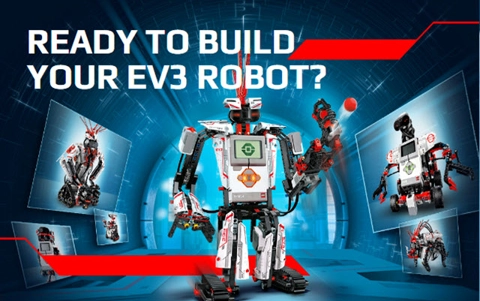LEGO® Mindstorms® EV3
LEGO® Mindstorms® EV3 is a set of building blocks and programmable components that students can build into various robots, designed to teach students different aspects of programming and robotics. This site contains building instructions, example robots, links to the programming app used to control their robots, videos and other materials to help students develop their robots.
Additional details
| Year band(s) | 5-6, 7-8 |
|---|---|
| Format | Web page |
| Australian Curriculum Digital Technologies code(s) |
AC9TDI6P05
Implement algorithms as visual programs involving control structures, variables and input
AC9TDI6P02
Design algorithms involving multiple alternatives (branching) and iteration
AC9TDI8P05
Design algorithms involving nested control structures and represent them using flowcharts and pseudocode
AC9TDI8P06
Trace algorithms to predict output for a given input and to identify errors
AC9TDI8P09
Implement, modify and debug programs involving control structures and functions in a general-purpose programming language |
| Technologies & Programming Languages | Robotics and drones |
| Keywords | Programming, Robotics, Building blocks, Sensors, Algorithms, Computational thinking, Robots, EV3, STEM |
| Integrated, cross-curriculum, special needs | STEM |
| Organisation | LEGO Group |
| Copyright | 2016 the LEGO Group. May be subject to Copyright Act statutory licence. |
Related resources
-
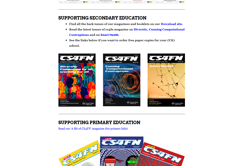
Teaching London Computing
Find activities for learning about Computer Science in fun ways on this site based on our underpinning Computer Science Education research.
-
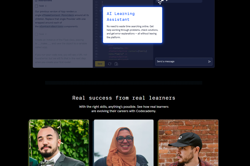
Codecademy
This site provides tutorials on web design tools. Requires free registration.
-
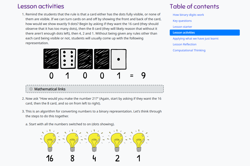
CS Unplugged: Binary numbers
Learn about binary numbers using Count the dots, and other downloadable offline activities.
-
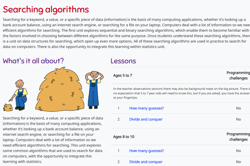
CS Unplugged: Searching Algorithms
Learn about Searching Algorithms using Battleships a downloadable offline activity.
-
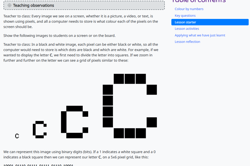
CS Unplugged: Image Representation - Colour by Numbers
Use these activities with your students to explore how computers store and transmit data to create a black and white image.
-
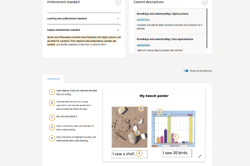
Work Samples
This site provides access to annotated work samples in accordance with the Australian curriculum for years F-10.
-
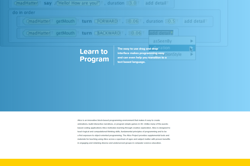
Alice
Alice is a FREE 3D programming environment that makes it easy to create an animation for storytelling, playing an interactive game, or a video to share on the web.
-
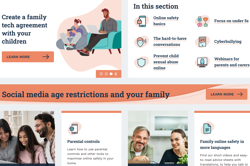
The Office of the eSafety Commissioner: Parent resources
Online safety resources for parents and carers.
